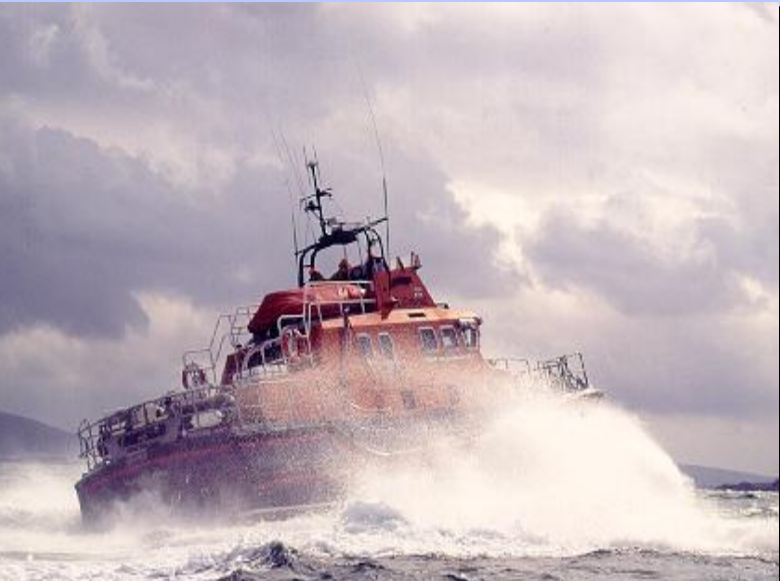Description:
When the Severn class life boat went into service in 1995. Each vessel was expected to be in service for 25 years with replacements due in 2020.If these replacements are to be ready then a decision needs to be made soon on how and with what they are to be replaced. However tests completed on behalf of the Royal National Lifeboat Institution (RNLI) suggested that sandwich materials from which parts the vessels are made have a life expectancy well in excess of the 25 year operational life of the vessel. The RNLI are interested in utilising this property along with investigations into the fatigue Supervisors: Prof. Ajit Shenoi, Dr. Stephen Boyd, Steve Austen (RNLI)
The principle aim is to develop a methodology for assessing the potential for
extending the service life of a class of lifeboat.
Structural Integrity
1. Assess the RNLI design pressure curve used in the design of life boats through a characterisation of hull wave loading.
2. Produce a fatigue master curve relevant to the layup of the Severn lifeboat hull and assess the potential damage experienced by the vessels
3. Perform an FEA analysis of the Severn’s structure, identifying any hotspots and investigate modifications/repairs to reduce these hotspots during the extended life.
Acknowledgements
This work is being carried out thanks to the funding and valuable input of the RNLI advanced technology partnership and EPSRC
properties of top hat stiffened single skin composite structures, as used in the hull of the Severn, to assess the possibility of an
extension of the service life of the Severn lifeboat, potentially reducing the costs to the institution


